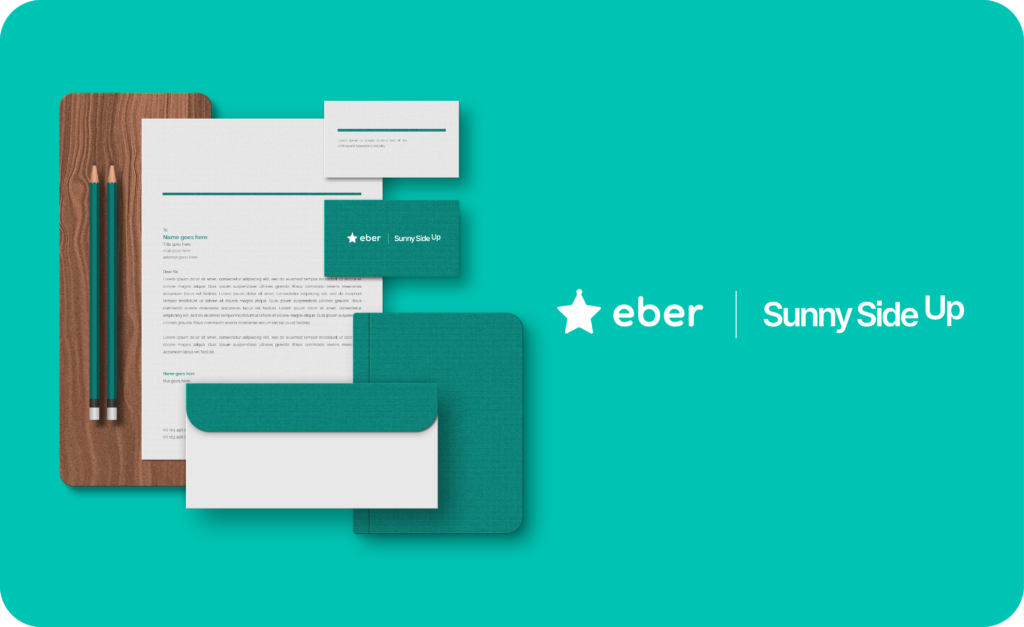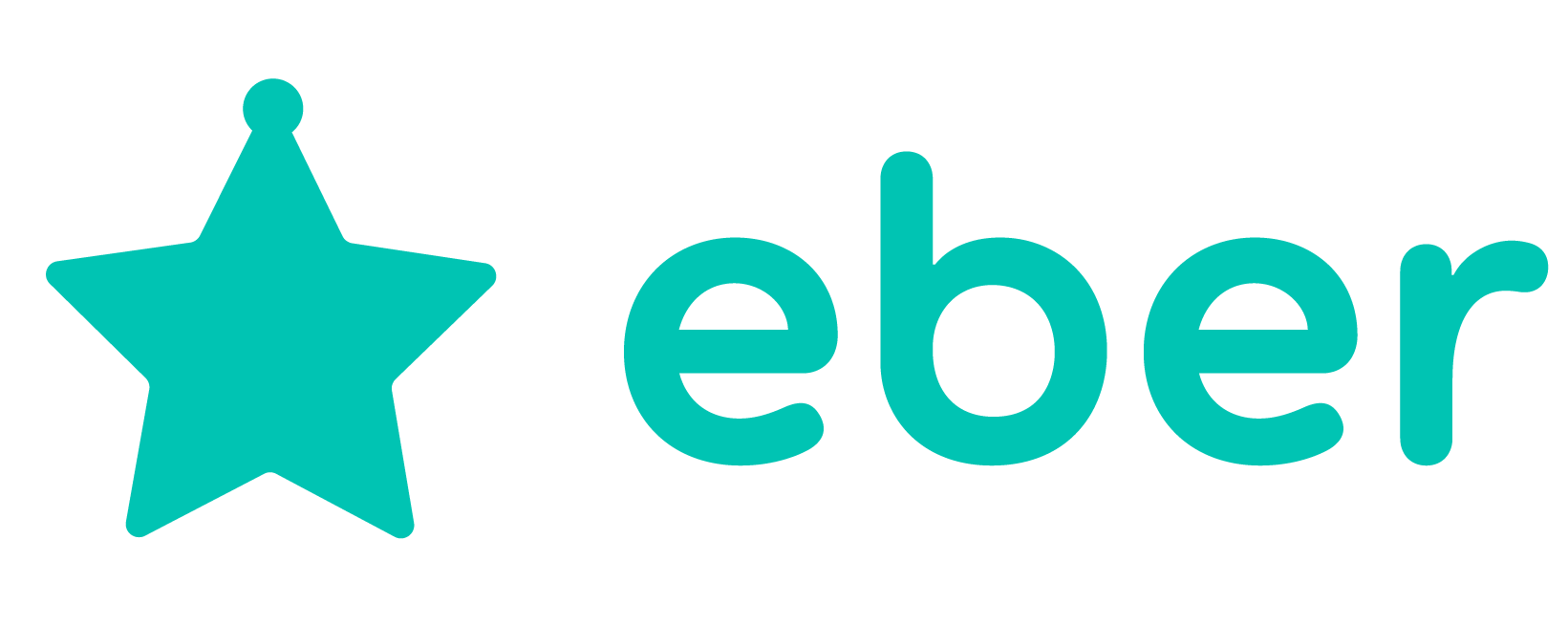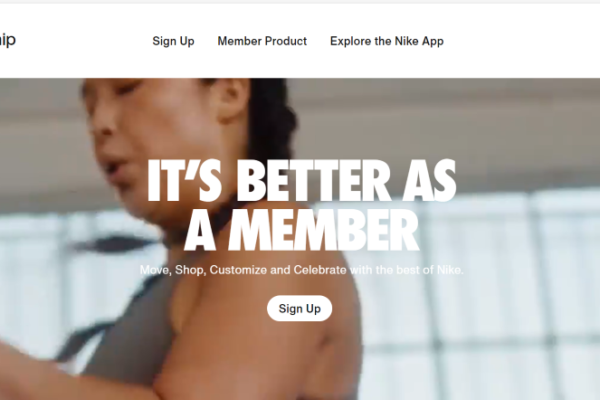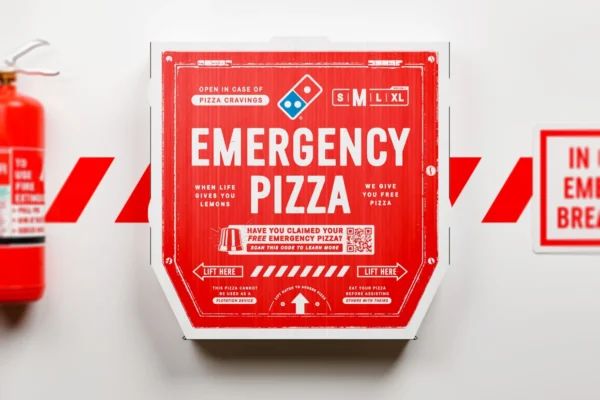Facebook Instagram Linkedin Youtube Table of content Exploring the Aesthetic Medical Industry Differentiating the Treatment of Patients as Per Their Expectations Implementing …

How To Brand Your Business
“People. Crave. Authenticity.” Ever wonder why some brands just work? Why some you’ll never recall, some you’re choosing over a sea of lookalikes, but they’re just different. Brands that win go beyond the typical sales pitch, they stand the test of time, crafting a deeper bond with their audience.
Think about it – you’re probably more drawn to brands that resonate with you on a personal level. Maybe they share your values, stand for a cause you care about, or are just cool enough to make you laugh. If you don’t already know, these brands aren’t just selling products; they’re building relationships.
In this blog, we’ve brought on Eugene Ling from Sunny Side Up. Our dear friend and brand partner to share what they find most useful in crafting strong brand identities.
Branding matters, but why?
- Differentiation
With the amount of noise and communication channels out there today, its exponentially hard for your brand to stand out and build a connection. A strong brand increases memorability and recognition. - Culture and Strategic Direction
Good brands start from within, a team that understands the mission and vision well, will execute the brand with clarity and purpose. - Brand as a moat
This refers to the unique and sustainable advantages that a brand possesses, making it difficult for competitors to replicate or replace its position in the market. - Perceived Value and Premium Pricing
Strong brands can command higher prices because customers perceive them as offering superior value even if the ingredients or offerings are similar. - Resilience to volatility
A resilient brand can maintain growth and profitability despite tough market conditions or negative PR.
Tips to define brand identity
- Know Your Audience
Find out what they care about, the things they read and listen to. - Take Action
To go far today, a brand has to be about its actions, beyond what you say - Relevance
Ensure your identity aligns with your brand’s industry and values. For example, a tech company might use sleek and modern designs, while an organic food brand might opt for earthy tones and natural shapes. - Be Concise and Precise
Less is more. You may find yourself wanting to communicate 50 things to your customer. However, it is harder to be sticky as their attention span is short. We have the hyper connected world to thank for all these clutter. - Craft your Brand Voice
Create a clear description. For example, “Our brand voice is warm, approachable, and witty. We aim to make our audience feel like they’re talking to a trusted friend.” - Then Your Visual Identity
Leverage colours, typography, imagery, motion and other elements to create a distinctive design system. - Build From the Ground Up
Actively listen and collect data about your customers. Listen to their feedback and incorporate it into your brand strategy. This is to keep your true fans engaged, who will be the loyal advocates to bring new customers to your brand.
Personalisation: The Key to Owning Your Customer Relationships
Personalised experiences brings authenticity to your customer interactions. Your brand identity extends far beyond a logo and tagline; it encompasses how your business interacts and reacts to your customers’ needs and desires.
The largest brands today are doing just that, by tapping into your consumers’ emotional psyche, your brand holds enough power to shift and influence your otherwise transactional customer relationships.
How do you personalise if you don't know them?
The foundation of personalisation lies in owning your customer data, or at least having some sense of it. The truth still stands: the better you understand your customers, the better you can personalise your interactions. While social media and third-party platforms offer you just enough insights on when and what to post, they lack complete control.
If you’re really looking to craft user-centric offerings, a central hub is your best bet to manage all your customer information and interactions in one place. This allows you to unify your customer data, gain deeper insights, and personalise at a granular level.
Shorten your communication channels
Cut through the noise. Find the best way to reach your customers and scale on it. It might seem straightforward, but businesses that show their customers they care perform better than the ones who don’t.
Of course, we’re not saying to bombard your customers with unrelated offerings; your outreach should be curated, personal, and intentional. Here are some of the best ways businesses are using targeted messaging for:
- Announcing new launches
- Celebrating birthdays
- Sending activity based special offers
Brand building is a long term endeavour, an accumulation of actions over time. This then culminates into an impression or feeling with your audience. And loyalty programs are one of the high impact measures a brand can leverage to cultivate these relationships.
All this to say, cultivating a strong brand identity, built on a foundation of personalised customer resonance across all touch-points, is an invaluable asset. Your brand strength acts as a strategic edge to stand out from your competitors.
Making it hard for any brand to fully replicate. If you’re looking to set a strong foundation for your brand’s growth, start with how your brand’s showing up and how you’re establishing winning customer relationships.
If you’ve enjoyed this read and are looking for a way to build a loyal customer base, Eber empowers a no-code, all-in-one loyalty marketing platform where you can easily deploy a loyalty program to start better connecting with your customer base.
Speak to us today!
Related Posts
Facebook Instagram Linkedin Youtube Table of content Key Details Strategic Takeaways for Marketers What You Can Learn JD Sport and Nike Launch …
Facebook Instagram Linkedin Youtube Table of content Key Takeaways from Domino’s Loyalty Refresh The Proof is in the Pizza: Results Why It …




